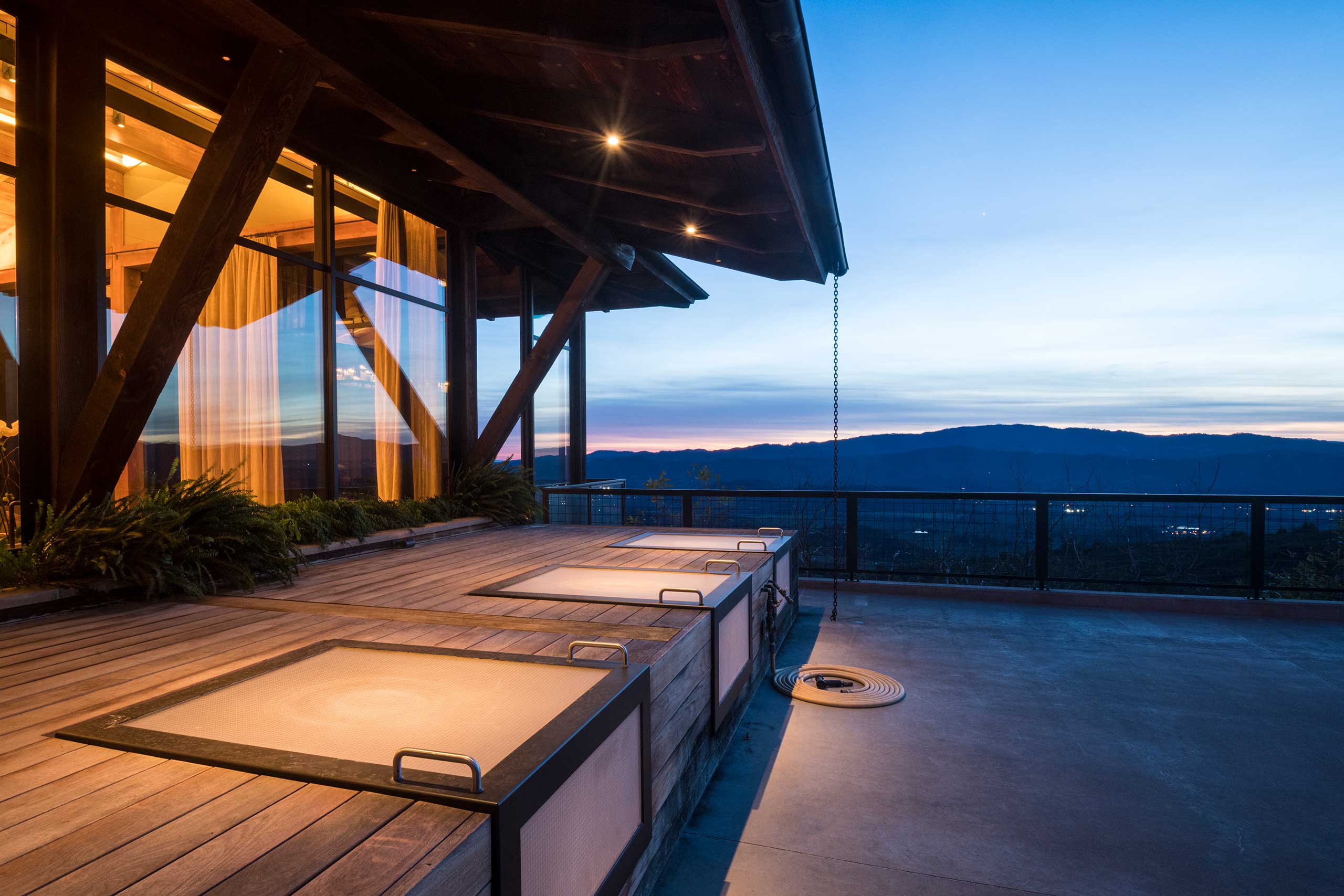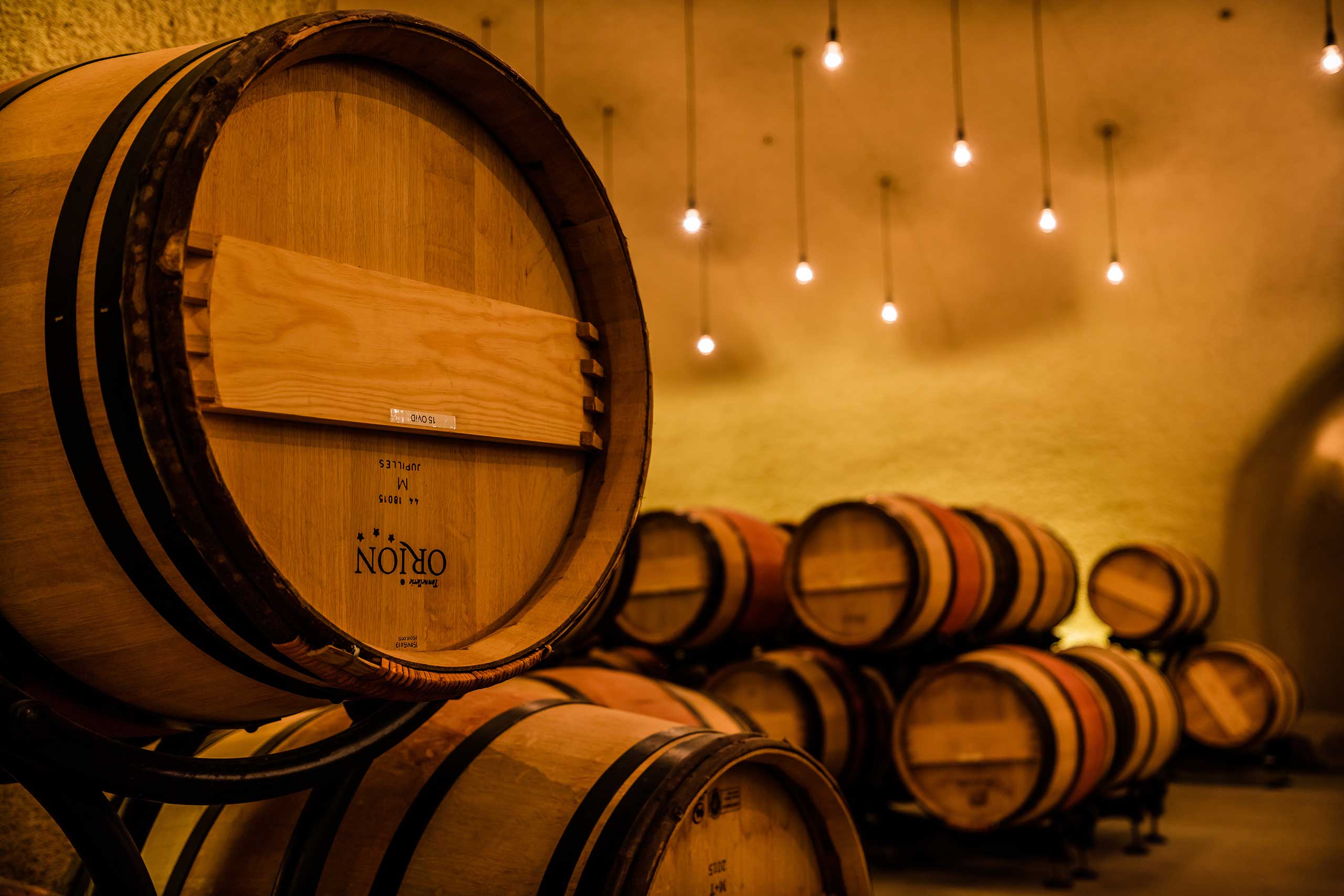Rock: the Foundation
From stone to soil, who knew rocks had so much to say?
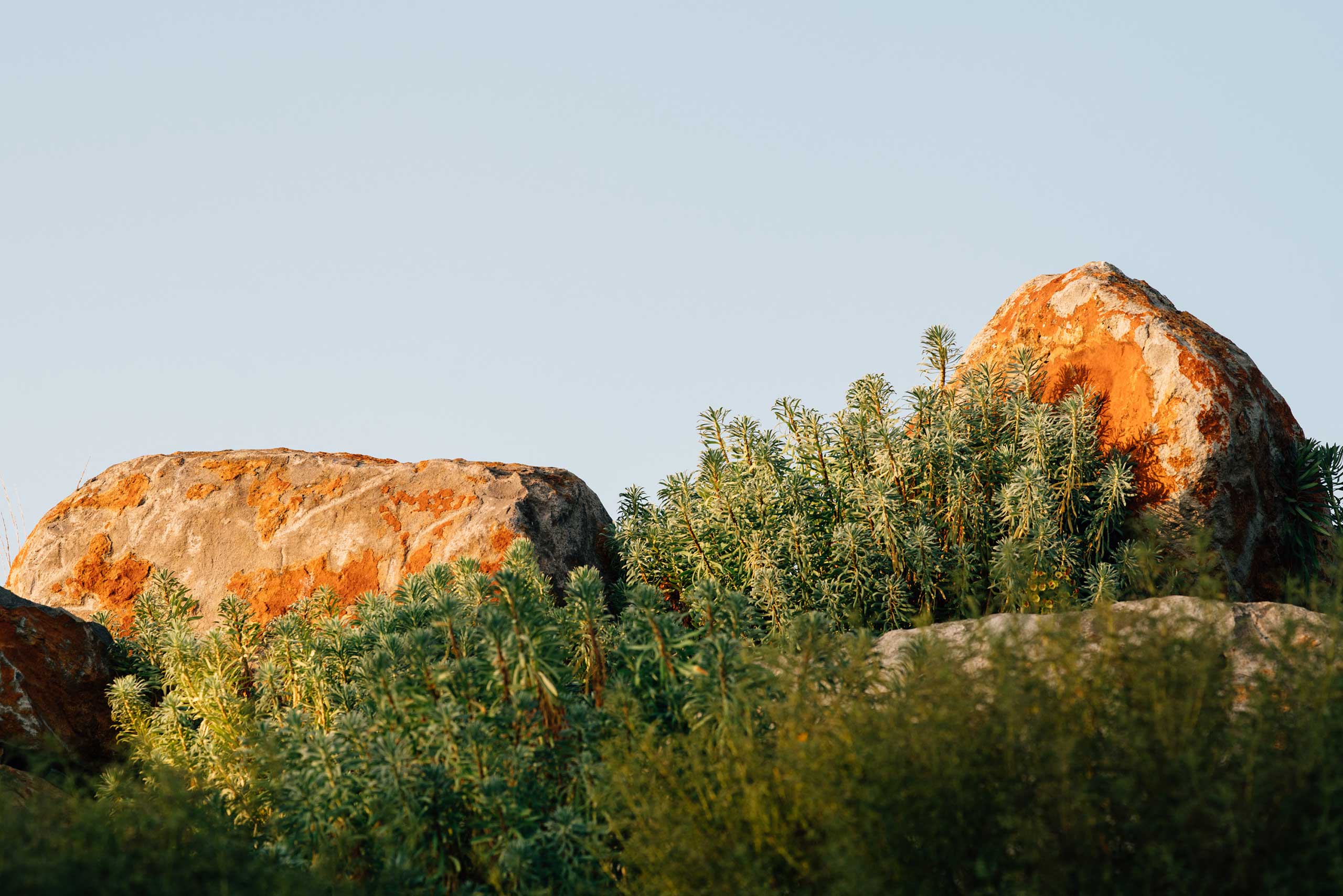
I have developed a new appreciation lately for the lifecycle of geology – the birth, death and rebirth of rocks in their myriad expressions and combinations across millions of years. Through the process of replanting our recent vineyard blocks, I have gotten an up-close and personal look here as the rocks here pass into the next life as soil. It has been fascinating to say the least, and it is the key to understanding the wildly variable terroir of our vineyard.
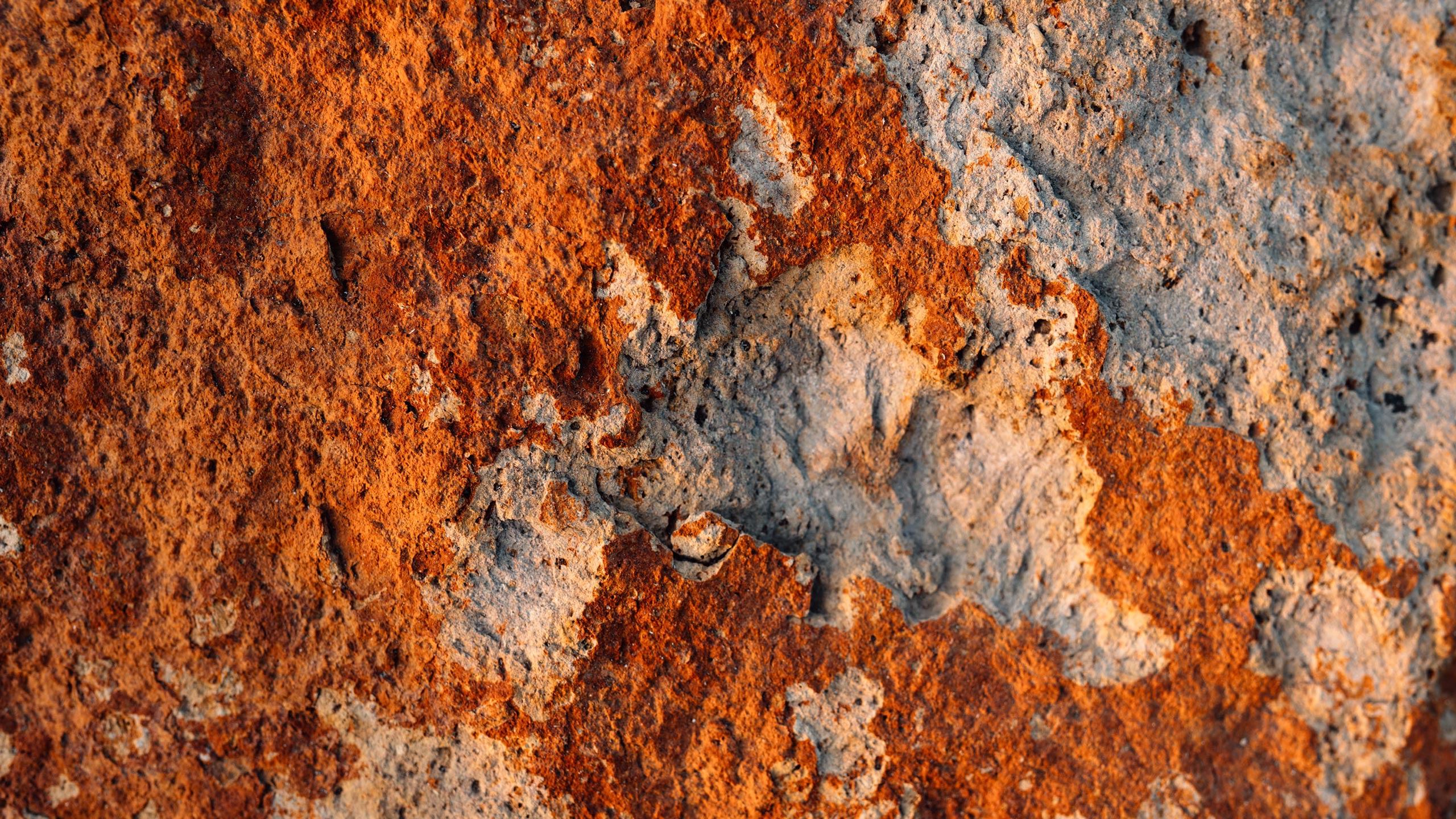
This transformation requires only rock, weather and tiny microbes. In our case, we start with a bedrock of andesite formed through volcanic uplift. It has a beautiful blue, iron-rich interior that looks almost like well-worn denim. On the exterior of the rock, you find a rusty red-orange with flecks of yellow. This is where evolution occurs. Microbes slowly etch away at the stone, and the blue interior rusts when exposed. Initially yellow in color, the rock slowly turns to a deep burgundy red. As we look out across the vineyard, we can find all the shades from pale yellow to deep red – indicators of time and distance from rock to surface soil.
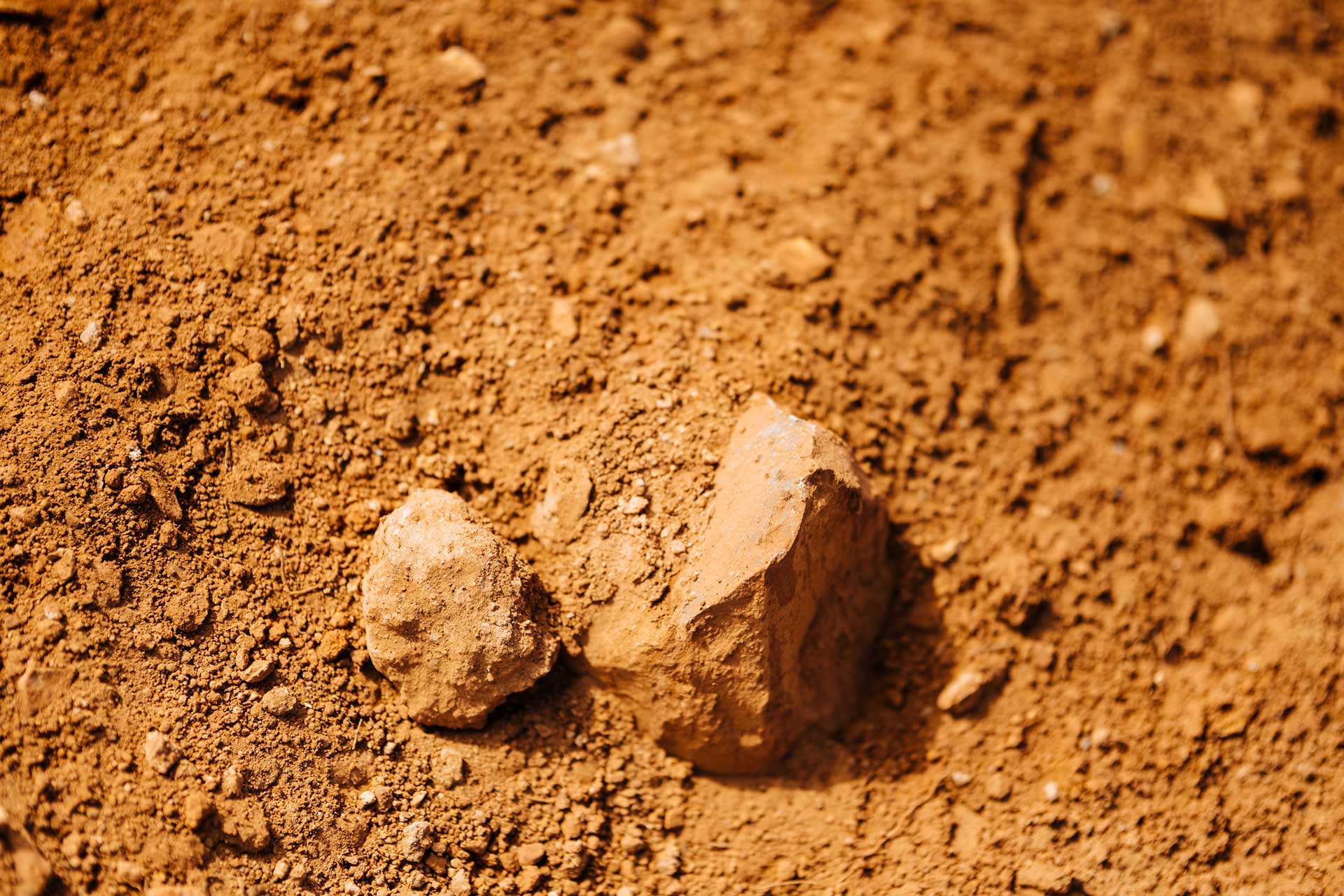
The wines reflect these changes as well. Cabernet Franc prefers the yellow-orange, more freshly formed soils and reflects that through brighter fruits – pomegranate, rhubarb and cherry. Meanwhile, Cabernet Sauvignon prefers the darker red soil and yields notes of blackberry, mulberry and cassis.
Weather feeds the microbes and wears the stones, giving them a tiny foothold on which to flourish. It also explains why we have so little soil – and why we have soil where we do. From stone to soil and soil to glass, who knew rocks had so much to say?
